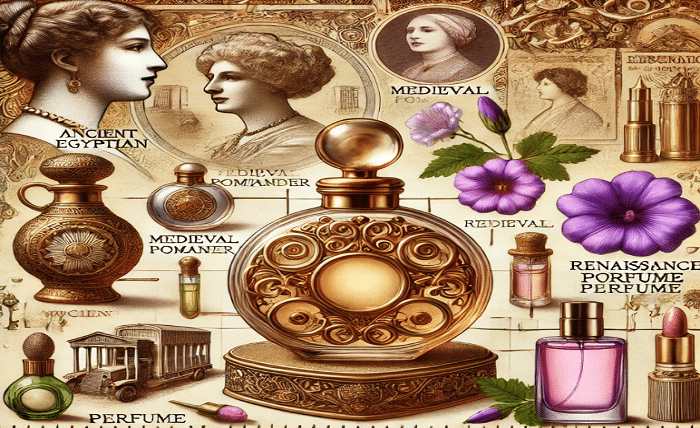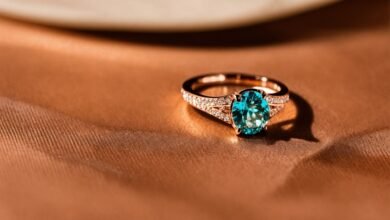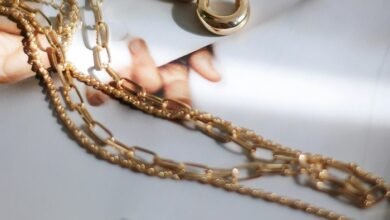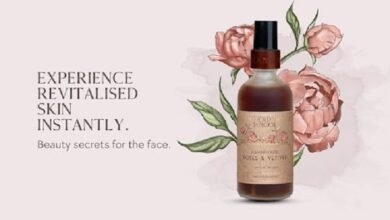The Fragrant History of Feminism: Perfume and Women’s Liberation

For centuries, perfume has been more than just a scent; it’s been a powerful symbol of identity and expression for women around the world. From the floral waters of medieval Europe to the complex compositions of contemporary perfumery, each era’s scents encapsulate the prevailing attitudes and aspirations of women.
In ancient Egypt, perfumers were revered artists, crafting scents from myrrh, frankincense, and flowers to create intoxicating blends. These perfumes for women were not only used for personal adornment but also played crucial roles in religious ceremonies and burial rites, underscoring their profound cultural significance.
In medieval Europe, perfume for women took on a new role as both a luxury item and a medicinal tool. Women of the nobility would carry small pomanders filled with fragrant herbs and spices, believed to ward off disease. The Crusades introduced Europeans to the sophisticated perfumery practices of the Middle East, further enriching the Western olfactory palette. By the Renaissance, Italian and French perfumers were crafting complex scents that not only masked odors but also conveyed status and sophistication.
As the decades progressed, the evolution of women’s fragrances mirrored the changing societal landscape. The 1960s and 1970s, with their emphasis on naturalism and freedom, brought about perfumes for women with earthy, fresh notes, such as patchouli and green grass. This era of social upheaval and sexual liberation was reflected in the scents that women chose, which were often daring and unconventional. Perfumes became a statement of identity, aligning with the era’s ethos of self-expression and rebellion.
The early 20th century marked a revolutionary period for both women’s rights and perfumery. The suffrage movement saw women demanding the right to vote and greater autonomy, and their fragrances echoed this newfound assertiveness.
The advent of the 21st century has brought a new wave of innovation and personalization in perfumery. The rise of niche and indie perfume houses has democratized access to unique, artisanal scents that allow individuals to express their personal stories and identities. Additionally, the growing emphasis on sustainability and ethical sourcing has reshaped the industry, leading the charge in creating eco-friendly, cruelty-free perfumes for women. This shift reflects a broader societal movement towards conscious consumption and authenticity.
In today’s world, women’s perfumes are transcending traditional boundaries, embracing a fusion of technology and artistry. Smart perfumes are emerging, with formulations that adapt to the wearer’s skin chemistry and even the environment, creating a bespoke scent experience. Fragrances now offer new olfactory adventures. Social media and global connectivity have also played a pivotal role, with women sharing their fragrance journeys and discoveries, fostering a vibrant community that celebrates diversity and individuality. This modern era of perfumery is defined by a blend of tradition and innovation, where each bottle tells a unique story, capturing the essence of contemporary women’s multifaceted lives.
In summary, the history of women’s perfume is a rich tapestry interwoven with cultural, social, and political threads. From ancient rituals to modern-day expressions of individuality, perfume for women has been a powerful tool for women to define themselves and their place in the world. As we continue to navigate the complexities of the 21st century, the fragrances we choose will undoubtedly continue to reflect our evolving identities and aspirations. The future of perfumery is poised to be as dynamic and multifaceted as the women who wear it, continually capturing the spirit of the times and the essence of womanhood.




